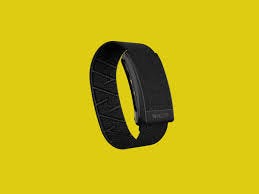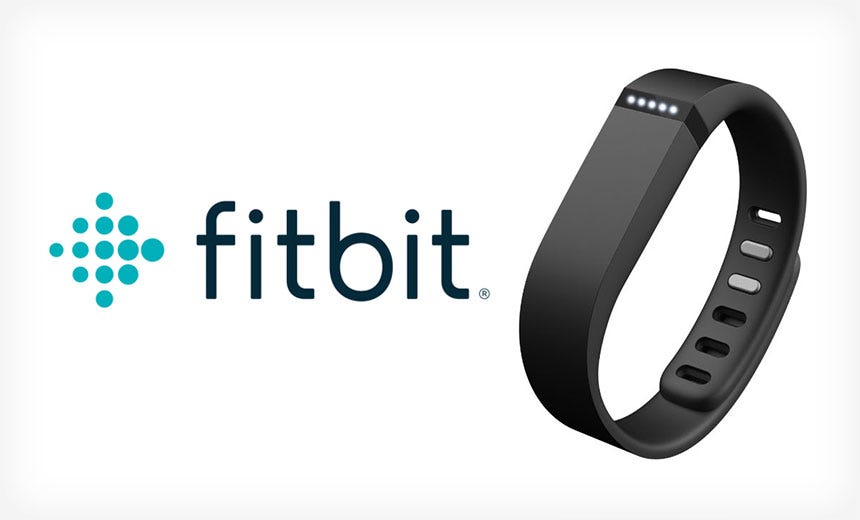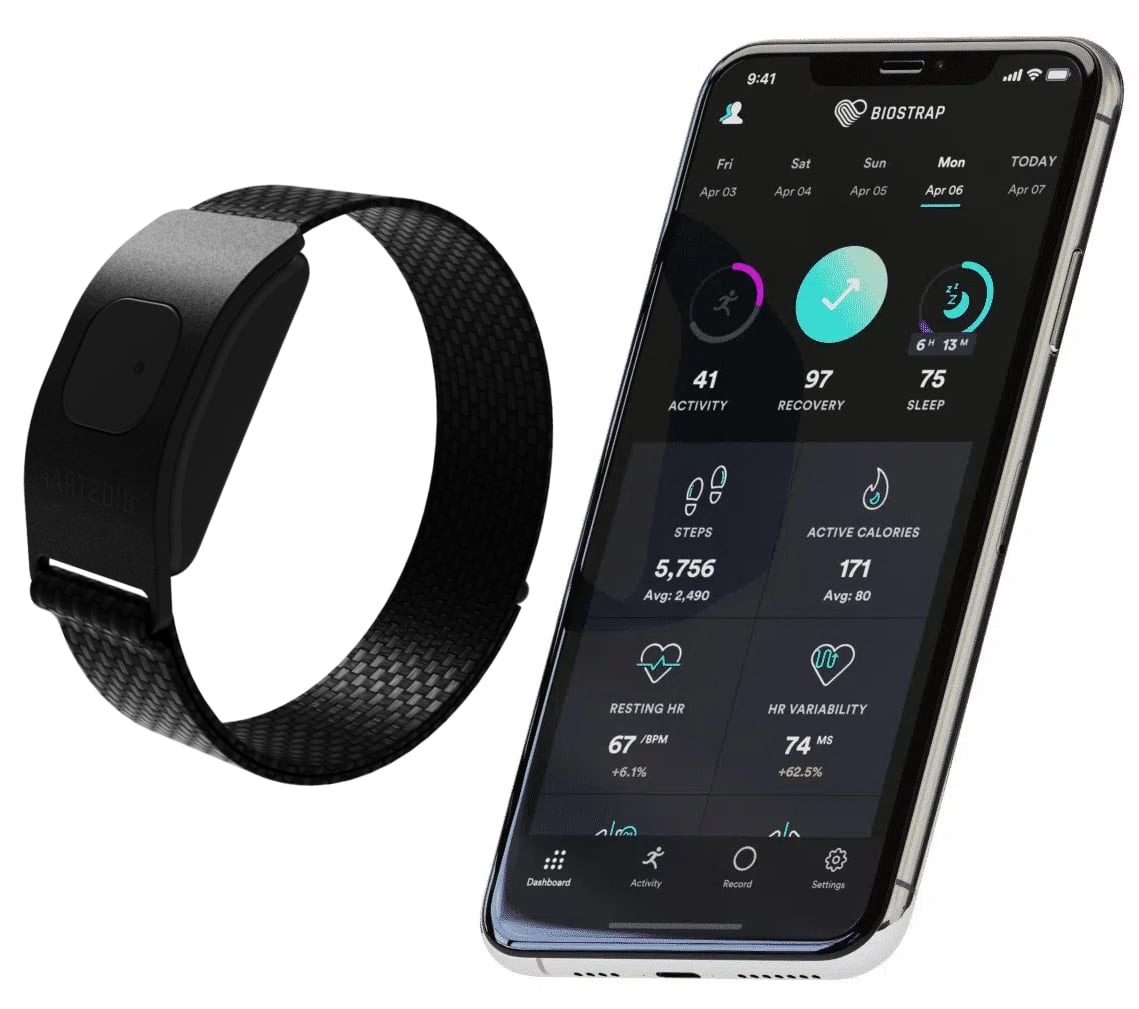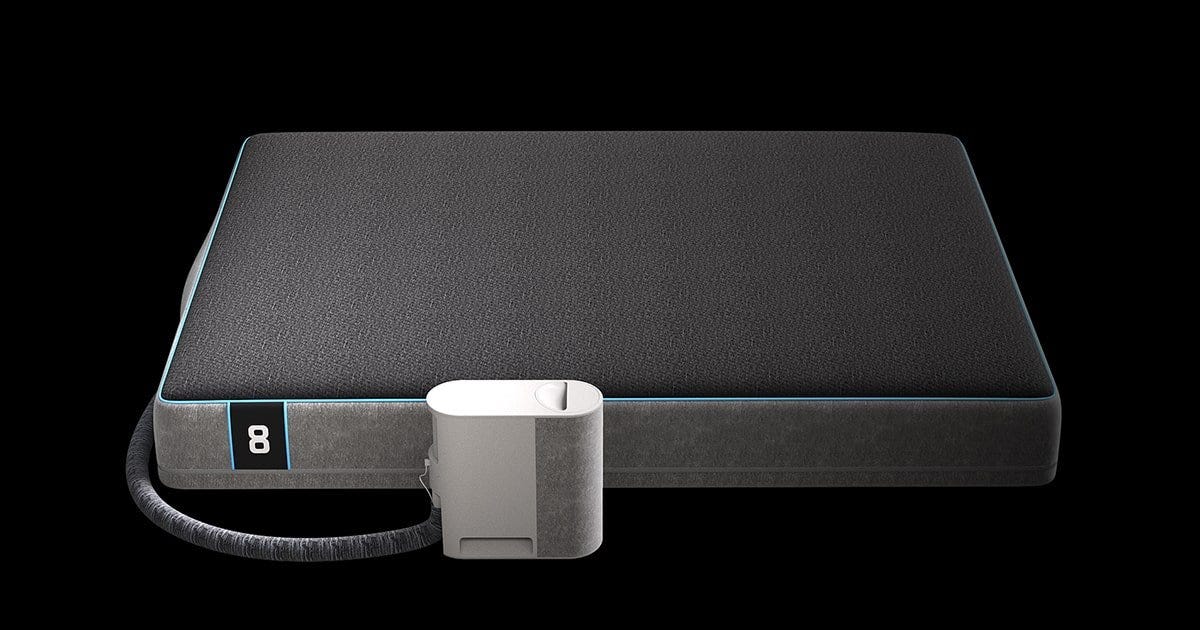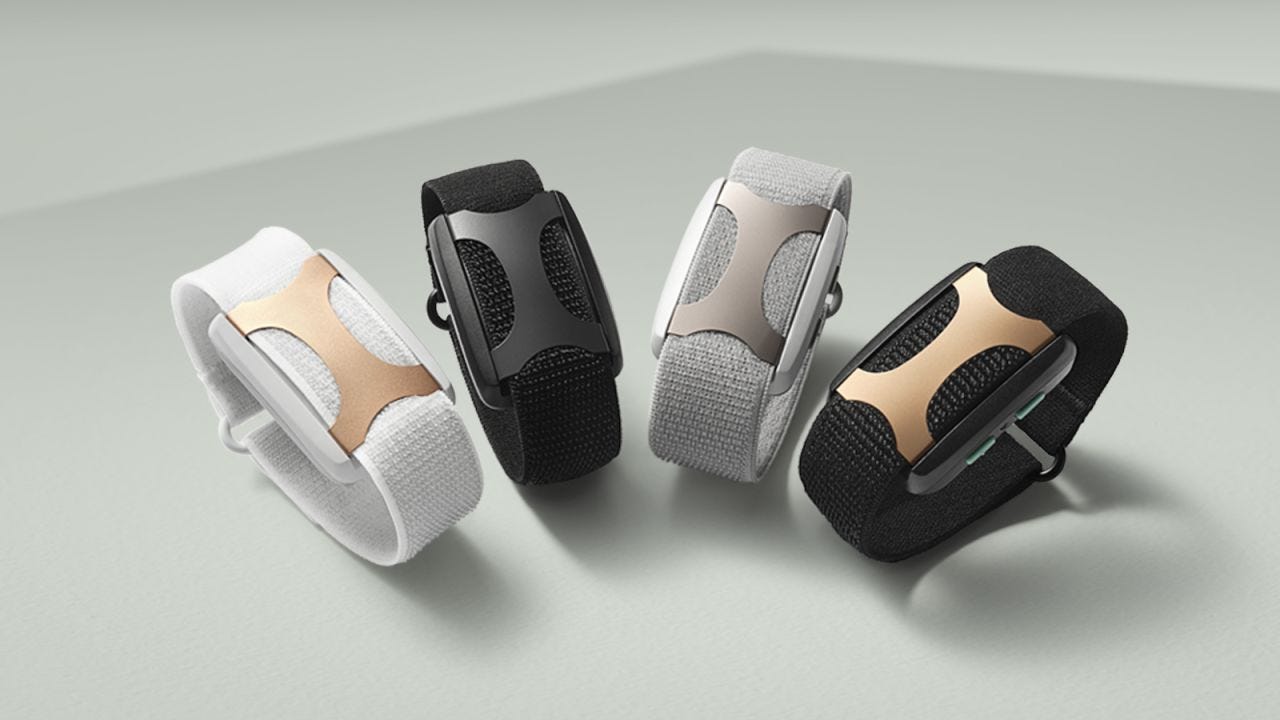Wearable Health Technology: A Purchaser Guide
Are they worth the investment? Let’s find out in time for the holidays!
Happy Tuesday, health heroes!
It’s that time of year again — your inboxes are full of deals, ads and gift guides.
Wearable health tech is the hot holiday and New Year’s Resolution item, promising to track everything from your steps to your stress levels. From the Apple Watch to the Whoop Strap, these devices are flashy accessories and data-gathering tools that can help you stay healthier. But are they worth the investment?
Today’s newsletter takes a health hero’s approach on how to consider such a device, including how to choose the right one and what science—and your personality—say about their effectiveness.
This article is a long deep dive into wearable health technology, but hear me out—it’s worth the research. (You might need to open it in a web browser, since it’s a bit too long to fit in the email version!)
Spending a little time skimming this article could save you hundreds, if not thousands of dollars over the next five years by helping you choose the right device (or decide not to buy one at all) — subscriptions, premium services or the wrong device can get downright pricy. And if you’re going to surprise your loved one with a wearable device, use this to make the best decision.
So, grab a coffee, settle in, and let this guide save you time, money, and decision-making stress. You’re welcome! 😉
Categorizing Wearables by Their Focus
Wearable health devices shine in different areas, depending on your goals. Here’s a high-level breakdown of what’s on the market right now.
🏃♀️All-Around Health Trackers
These are great for everyday fitness and health monitoring.
• Apple Watch: Combines fitness tracking, heart health monitoring, and smartwatch functionality.
• Fitbit: Affordable and intuitive, with solid fitness and sleep tracking.
• Samsung Galaxy Watch: A sleek choice for Android users, offering advanced health tracking.
🛌 Sleep and Recovery Trackers
For those obsessed with optimizing rest and recovery.
• Oura Ring: Tracks sleep in-depth, along with heart rate variability and readiness scores.
• Eight Sleep Pod (non-wearable): Tracks sleep and adjusts bed temperature for a tailored, specific night’s sleep.
🏋️ Athletic Performance Trackers
Perfect for serious athletes who want precision in training metrics.
• Garmin Wearables: Excellent GPS and activity-specific tracking for runners, cyclists, and swimmers.
• Polar Wearables: Offers advanced metrics and recovery insights for endurance athletes.
• Whoop Strap: Focused on recovery, strain, and sleep, greatfor athletes.
💗 Stress and Mood Management
These devices prioritize mental health and stress resilience.
• Apollo Neuro: Uses vibration therapy to help manage stress and improve focus.
• Samsung Galaxy Watch: Tracks mindfulness and stress levels through guided exercises.
🩸Specialized Devices
For those with niche interests or specific health concerns.
• Levels Health: A continuous glucose monitor (CGM) for people concerned about metabolic health.
• BioStrap: Tracks biometrics like oxygen saturation and heart rate variability during sleep.
What Does the Research Say – Are Wearable Devices Effective?
Studies on wearable health technology show mixed results.
✅ Positive Outcomes
A study published in The Lancet Digital Health found that wearable devices can markedly improve physical activity levels, especially when paired with goals and reminders.
Research in Nature indicates that wearables can help monitor chronic conditions like diabetes, heart disease, and hypertension, providing valuable data to healthcare providers (better yet, if they’re linked to Electronic Medical Records or EMR).
❌ Limitations
Mentioned in many studies, wearable tech often fails to drive long-term behavioral change unless users actively engage with the data and incorporate it into their routines.
The data can overwhelm some users, leading to “wearable fatigue,” where the novelty wears off, and the device is abandoned.
The verdict? Wearables are helpful tools, but they won’t do the work for you. To see real benefits, you need to take intentional action based on the insights they provide.
Do Wearable Devices Suit Your Personality?
They’re appealing for a myriad of reasons, but whether a wearable actually works for you may depend on personality traits. Things to consider:
📲 Tech Enthusiasm: If you love gadgets and analytics, you’ll likely enjoy using a wearable. If you don’t like keeping up with notifications, being tied to your phone, or only digital access to your stats, it may not be for you. Sometimes an old-school timer and a pad of paper are more motivating or concrete than digital information — new-school tech isn’t the only way to track or manage your health!
🏆 Self-motivation: Wearables are most helpful for those driven to act on the data. If you plan to put that data to good use, like tracking progress or baseline stats, wearables are great! If you aren’t sure what your goals are, consider those factors first before impulse-buying a device.
🔐 Privacy Concerns: Some people may dislike wearables because of fears about data collection and security. These are very valid fears — read the fine print and opt out of data sharing if this is a concern for you.
👀 Behavioral Tendencies: If you’re prone to anxiety, obsessing over health metrics could be more harmful than helpful. Or if you’re prone to starting something and not finishing it, wearables might not be a long-term helpful tool for you. You know yourself best — if counting every last calorie burned is an unhealthy obsession, a wearable will only exacerbate these tendencies.
Risks of Wearable Devices
Wearables aren’t without downsides.
📈 Data Overload. Too much data can lead to analysis paralysis or unnecessary anxiety.
🎯 Inaccuracy. No device is 100% accurate, and misinterpreting data could lead to poor decisions.
🏃♀️ Dependency. Relying too heavily on wearables might make you ignore your body’s natural signals.
💸 Cost. More on this next.
📲 Risk. I do a deeper dive into risk of the devices themselves in a little bit – read on.
How to Decide If a Wearable Is Right for You: Using CREECS
The CREECS method (Cost, Risk, Effort, Effectiveness, Commitment, Support) is a perfect framework for deciding whether to buy a wearable device. We’ve covered it here (and plenty of times before here at Health Shift!) if you want to learn more.
Cost
Can you afford it, and does the price justify the value it adds to your health?
Subscription-based models are the real goldmine for wearable companies. The initial device purchase hooks you in, but the monthly or yearly fees really keep these companies afloat.
Here’s a quick breakdown of which popular devices rely on subscription models and what they offer. We all know those subscriptions can really add up! What’s really worth paying for?
Whoop Strap
Subscription Model: Required (no upfront cost for the device).
Cost: $30/month or discounted annual plans.
What You Get: Detailed recovery, strain, and sleep analytics, plus coaching and community features.
Marketing Genius: Whoop is a subscription-first device, making its recurring revenue model key to its success. At $30/month, it’s more expensive than most monthly wearable subscriptions.
Oura Ring
Subscription Model: Required.
Cost: $5.99/month after the initial device purchase.
What You Get: Sleep staging, readiness scores, temperature trends, and health insights. It also now includes cycle tracking for women.
Marketing Genius: The subscription keeps users tethered for advanced analytics and regular insights.
Fitbit
Subscription Model: Optional (Fitbit Premium).
Cost: $9.99/month or $79.99/year.
What You Get: Deeper insights into health metrics, guided programs, and mindfulness tools.
Marketing Genius: The base device is functional without the subscription, but the premium features create FOMO (fear of missing out).
Levels Health (CGM)
Subscription Model: Required.
Cost: $199 for the first month, then $199 annually for app access (sensors purchased separately).
What You Get: Real-time glucose monitoring and insights into how diet and lifestyle impact blood sugar.
Marketing Genius: The initial cost barrier weeds out impulse buyers and attracts health enthusiasts who are willing to commit to long-term use.
BioStrap
Subscription Model: Optional (BioStrapInsights).
Cost: $9.99/month.
What You Get: Advanced biometrics like heart rate variability (HRV) and SpO2 trends.
Marketing Genius: Advanced features are locked behind the subscription, encouraging recurring revenue.
Eight Sleep Pod
Subscription Model: Required for some features.
Cost: $19/month.
What You Get: Sleep tracking, personalized temperature adjustments, and sleep reports.
Marketing Genius: Ties the mattress into a tech ecosystem, creating a high retention rate.
Apollo Neuro
Subscription Model: Optional (Apollo Neuro App Plus).
Cost: $9.99/month.
What You Get: Additional features like personalized vibration programs and progress tracking.
Marketing Genius: Creates an add-on experience that keeps users engaged.
Risk
Are you comfortable sharing your data with tech companies? Are you prone to obsessing over health metrics? Are you worried about EMF exposure? These are all risks you should be aware of first before you leap.
📶 Wait, what is EMF exposure?
Put the breaks on here, and let’s explore EMF exposure, a not-so-common concern for wearable technology users. When discussing the potential risks of wearable technology, we can’t omit EMF (electromagnetic fields) and their potential negative impact on our health. But more specifically, I want to address RFR (radiofrequency radiation). EMF is the broader category that includes all forms of electromagnetic energy, ranging from low-frequency fields emitted by power lines to high-frequency, ionizing radiation like X-rays.
RF, or radiofrequency, is a specific subset of EMF that operates in the non-ionizing part of the spectrum. This is the type of energy wearable devices emit, as they use Bluetooth, Wi-Fi, and cellular networks to communicate.
Wearable devices rely on low RF energy levels to communicate with smartphones and other devices via Bluetooth, Wi-Fi, or cellular networks. RF energy is a form of non-ionizing radiation, widely regarded as safe because it doesn’t carry enough energy to damage DNA.
To be sold in the United States, all such devices must meet Federal Communications Commission (FCC) limits for human exposure to RF radiation. The FCC has established limits based on the Specific Absorption Rate (SAR), which measures the rate of RF energy absorbed by the body.
Compared to basic fitness trackers (1–10 mW for Bluetooth), LTE-enabled smartwatches can emit 20 to 30 times more RF energy. However, even at these levels, their RF emissions remain far below the FCC’s SAR limit of 1.6 W/kg.
If you’re like me, you may want to follow this rabbit trail and learn more on your own. I could write many articles on this topic alone. Radiation is just one of those things in the background that we never think about. In the meantime, it racks up over time until our cells can’t ward off the damage. Here’s a simple breakdown of how EMF causes cellular damage.
Living in Wyoming, with its high radon levels from the Rocky Mountains, means I’ve already been exposed to more radiation than many people. Add in the X-rays and CT scans from surgeries, dental X-rays, microwave ovens, and even wearable devices, I’ve probably hit my fair share of radiation exposure. I’ve worked in labs with radioactive isotopes, so I was made aware of radiation safety early in my career. But most of us don’t realize how much these little doses can add up. That’s why I bring up RF radiation from wearables—not to scare anyone, but to help you stay informed. Knowing about hidden dangers and how theymight affect you puts you in a position to have control. It’s about making better choices for your health and balancing the benefits of technology with a little bit of awareness inthe long run.
The CDC claims wearable devices expose the user to lower amounts of RF radiation compared to exposure limits.However, some researchers raise questions about the long-term effects of prolonged low-level exposure. While there is no conclusive evidence linking wearables to major health issues, those with electromagnetic hypersensitivity (a debated condition) may experience symptoms like headaches or skin irritation.
If you’re concerned about RF exposure, here are a few precautions you can consider:
• Choose devices with lower emissions. Some wearables may emit less RF energy or transmit data less frequently. This information might not always be readily available, so a little research may be required.
• Limit usage during certain activities. For example, remove your device when sleeping or not actively using it—though this means you’ll miss sleep data.
• Follow manufacturer guidelines. Device manuals often include instructions for minimizing prolonged, close exposure.
Ultimately, wearable devices are supposedly designed with safety standards in mind. Still, if you’re uneasy about EMF exposure, either don’t purchase devices with EMF explore, or make these small adjustments can help you balance your concerns with the benefits of tracking your health.
Effort
Will you take the time to interpret the data and adjust your habits accordingly?
Effectiveness
Will the device provide actionable insights for your specific health goals? Or are you just curious about learning more about your health?
Commitment
Are you ready to consistently wear and use the device to see real benefits?
Support
Does the device offer app features, coaching, or a supportive community to keep you engaged?Or do you even want these features to begin with?
But Are Wearables for You, Really?
As I’ve written in my free Healing Guide, successful health interventions require intentional action and consistency. A wearable device can support this process by tracking your progress and keeping you accountable, but it won’t replace the need for solid foundational habits like sleep, exercise, and nutrition.
Wearable devices are meant to encourage and support positive health behavior. If they won’t, you don’t need them.
Ok, now you are ready to approach this purchase like a true Health Hero. Health Heroes aren’t impulsive buyers—they’re intelligent, knowledgeable, and thoughtful. They know that technology is only as good as how it’s used, and they think before they act. They consider if the technology supports their health objectives and aligns with their health philosophy.
It’s easy to fall for the promises of sleek devices and glowing reviews, but how often do we buy with great ambitions only to leave these gadgets gathering in our drawer? (Yes, I’m guilty as charged.) As a Health Hero, you can save time, money, and disappointment by considering how this technology fits into your health goals—or the goals of the person you’re shopping for.
If you decide to buy one, use it as part of a larger health strategy. And remember this: the data isn’t a judgment—it’s an opportunity to learn, adjust, and heal.
Have a great week! See you back here on Thursday.
Happy shopping,
Dr. Alice
A little more about Dr. Alice Burron and The Health Navigator Group:
You can find more about The Health Navigator Group at our website: www.thehealthnavigator.org
On Instagram: @the.health.navigator
And learn more about Dr. Alice Burron at her website: draliceburron.com
Or via her personal Instagram: @dr_burron
You can even connect with her on LinkedIn, if you want to be professional about it. 👓
And if you’re not subscribed to our Substack, what are ya doing? It’s free, and packed full of useful tools to help you on your journey to better, faster healing.









